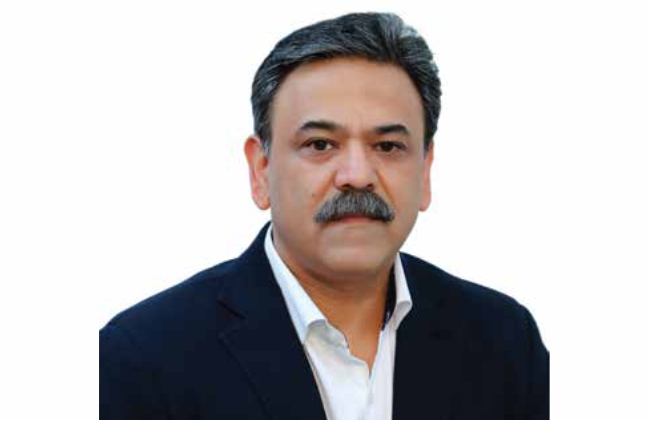[vc_row][vc_column][vc_column_text]
The current trend in shipping is for focused solutions that solve issues like dwell-time management, empties management, integration between inland and ocean movements, and tracking of containers door-to-door.”
Q How was INTTRA transaction growth last year and in Q1, 2017?
Although we have seen some improvements in freight rates in the first quarter of the year, we have witnessed disruption in services due to various reasons, realignment of alliances and shortage of equipment in some regions which have dampened the market.
For our business growth has been driven by increasing adoption of technology in the container shipping sector. Last year we enjoyed 15 per cent growth in volumes and expect it to continue into 2017.
Q How is the pace of technology adoption in shipping? What are the trends in Asia Pacific market?
Carriers and freight forwarders are turning to technology to eliminate waste, improve customer service, reduce manual labour and streamline the industry.
Intra-Asia shipping is world’s biggest tradelane in terms of volume. The complexities of shipping are many given the multiple borders, customs procedures and relatively short transit times between regional ports. The velocity of container movement is higher with 2-3 day journeys between ports, so adopting new technology will have a more immediate impact.
Q Who are your active adopters? Where is most of the business coming from?
Shippers, freight forwarders and carriers are adopting new technology to digitize many of the shipping processes, such as booking and tracking a container on a vessel and the logistics of working with the land operations. Asia is the fastest growing region.
Q When new SOLAS guidelines came on VGM you came up with eVGM solution. But VGM enforcement seems to be not very effective. Comment?
To spark industry collaboration, INTTRA launched the eVGM Initiative, a non-commercial group consisting of more than a dozen leading carriers, freight forwarders, ports and terminals working to develop technology and business process standards to foster industry-wide compliance with SOLAS VGM. It was a success and it has helped us further our development of other digital solutions that can support our growing customer base.
I think when any global regulation is introduced it takes time for the authorities to put in place the necessary enforcement network.
Q What is new at INTTRA?
Earlier this year we launched ‘INTTRA dashboards’ that helps to improve shipment planning decisions, customer service and reduce cost by tracking valuable KPI’s, among other features. We also published a white paper – ‘Blueprint 2032: How Technology Transforms Ocean Container Shipping.’
INTTRA sees three technology trends converging in the near term: Network integration across systems, applications and partners: Technology such as Blockchain will simplify transaction processes and reduce costs; Real-time status of containers and cargo: Tracking devices connected by the “Internet of Things driving greater efficiencies and improving shipment planning;
Artificial Intelligence: A.I. will enable companies to transition from big data to more accessible business analytics that will suggest higher probability outcomes.
[/vc_column_text][/vc_column][/vc_row]






